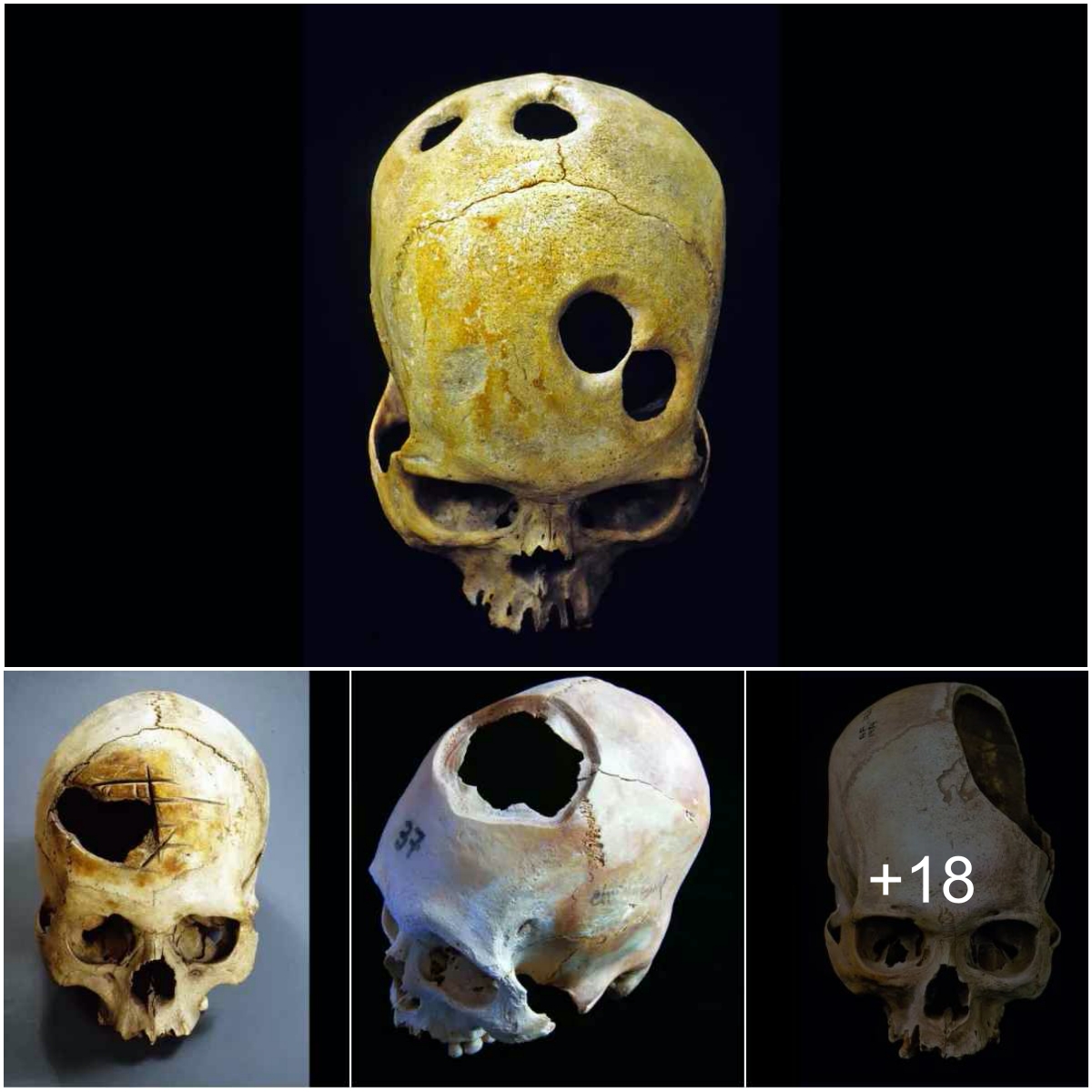
Miners working in Northern Canada in 2018 discovered a small, tannish-brown lump that appeared to be made of fossilized fur.
Now, after studying the mysterious blob, paleontologists say it’s a perfectly preserved Arctic ground squirrel that lived roughly 30,000 years ago during the Ice Age. The creature, which was curled up into a tight ball, likely died while hibernating, per CBC News’ Dave White and Elyn Jones.
The unusual specimen will soon go on display at the Yukon Beringia Interpretive Center in Whitehorse, Canada. The museum is currently closed while staffers switch out its exhibition materials, but it’s slated to reopen to the public this spring. The mummified Ice Age squirrel will be among the new exhibits, along with a preserved black-footed ferret found in the same region.
“It’s amazing to think that this little guy was running around the Yukon several thousand years ago,” wrote the Yukon government in a Facebook post about the squirrel late last month.
Researchers have tentatively named the mummified animal “Hester” because it was found near Canada’s Hester Creek. More specifically, miners unearthed the squirrel’s remains in a goldfield near Dawson City, which is located in the Klondike region of the Yukon territory, not far from the Alaskan border. This area has produced several well-preserved animal specimens from the Ice Age, including giant beavers, a baby mammoth and a wolf pup.

Arctic ground squirrels survived after the Ice Age and still inhabit Yukon and Alaska today. That makes them especially intriguing to scientists, who wonder if these little mammals may be able to withstand future changes to the climate, too.
At first, the furry, fossilized lump didn’t resemble much of anything. But upon closer inspection, researchers spotted the squirrel’s little feet and claws, as well as its ears and tail.
“I study bones all the time and they’re exciting, they’re really neat,” says Grant Zazula, a paleontologist for the Yukon government, to CBC News. “But when you see an animal that’s perfectly preserved, that’s 30,000 years old, and you can see its face and its skin and its hair and all that, it’s just so visceral. It brings it so to life.”
After spending several millennia in the permafrost, the squirrel’s remains were too fragile to try to unfurl. So, researchers enlisted the help of a veterinary practice with an X-ray machine. Before scanning the animal, they worried the images wouldn’t be clear; perhaps the bones’ calcium had deteriorated over such a long period of time. But their X-rays revealed a remarkably intact skeleton. Paleontologists suspect the squirrel was young, but their analyses didn’t explain how it died.

As Harry Baker writes for Live Science, Arctic ground squirrels look “more like modern-day gophers than most squirrels,” thanks to their flat ears, thin tails and tendency to stand on their back two feet. Today, these rodents typically measure about 15 inches long and weigh roughly 1.5 pounds. Though they often live to be nine years old, they can end up as a snack for carnivorous predators like grizzly bears, ermines and raptors, according to the Yukon government.
In the warmer months, the squirrels forage for a wide variety of foods, ranging from mushrooms to berries. But starting around early October, they retreat to their underground burrows and hibernate until mid-April. During that time, their body temperature dips to below freezing, reaching about 27 degrees Fahrenheit—the lowest measured body temperature of any mammal.





